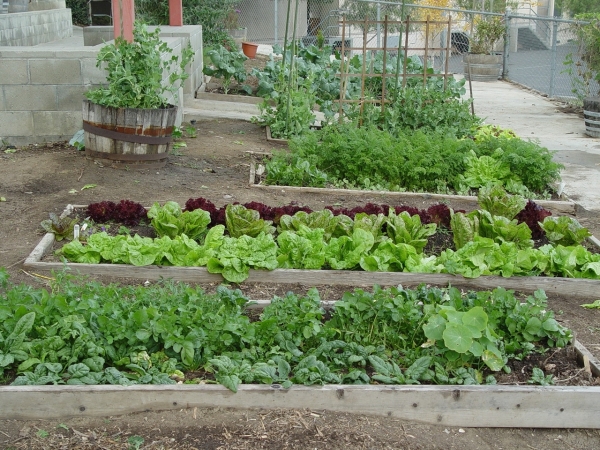Students need to be involved in the grading process and should understand how and why they are being graded. Grading should be transparent, not only for student use, but parent and administrator use as well. Be clear in what you are grading.
Conclusion
The past 15 weeks we have been focusing on Ken O'Connor's 15 Fixes for Broken Grades. I highly suggest reading through the whole book, it will change the way you approach grading in your classroom. It's a very quick read, and well worth the time!
Fixes 1-6: Fixes for practices that distort achievement
Fixes 7-10: Fixes for low-quality or poorly organized evidence
Fixes 11-12: Fixes for inappropriate grade calculation
Fixes 13-15: Fixes to support learning
- Don't include student behaviors in grades; include only achievement.
- Don't reduce marks on "work" submitted late; provide support for the learner.
- Don't give points for extra credit or use bonus points; seek only evidence that more work has resulted in a higher level of achievement.
- Don't punish academic dishonesty with reduced grades; apply other consequences and reassess to determine actual level of achievement.
- Don't consider attendance in grade determination; report absences separately.
- Don't include group scores in grades; use only individual achievement evidence.
- Don't organize information in grading records by assessment methods or simply summarize into a single grade; organize and report evidence by standards/learning goal.
- Don't assign grades using inappropriate or unclear performance standards; provide clear descriptions of achievement expectations.
- Don't assign grades based on student's achievement compared to other students; compare each student's performance to preset standards.
- Don't rely on evidence gathered using assessments that fail to meet standards of quality; rely only on quality assessments.
- Don't rely only on the mean; consider other measures of central tendency and use professional judgment.
- Don't include zeros in grade determination when evidence is missing or as punishment; use alternatives, such as reassessing to determine real achievement, or use "I" for incomplete or insufficient evidence.
- Don't use information from formative assessments and practice to determine grades; use only summative evidence.
- Don't summarize evidence accumulated over time when learning is developmental and will grow with time and repeated opportunities; in those instances, emphasize more recent achievement.
- Don't leave students out of the grading process. Involve students, they can, and should, play key roles in assessment and grading that promote achievement.
The goal of this series over the past 4 months was to get you to examine your grading practices. In order to make any change, one must first realize and understand what the purpose of a grade is. The purpose of a grade is to communicate what a student knows and is able to do. Without this clear understanding, teachers tend to lump behaviors and expectations into grades, thus inaccurately reporting what a student knows and is able to do. I highly recommend Ken O'Connor's book on grading. He provides fixes that are practical for any classroom and will give you a more accurate picture of where your class is.
If you are looking to go deeper into standards-based grading, which was referenced many times over the past 4 months, I suggest looking at Thomas Guskey and Jan Bailey's book Developing Standards-Based Report Cards.



